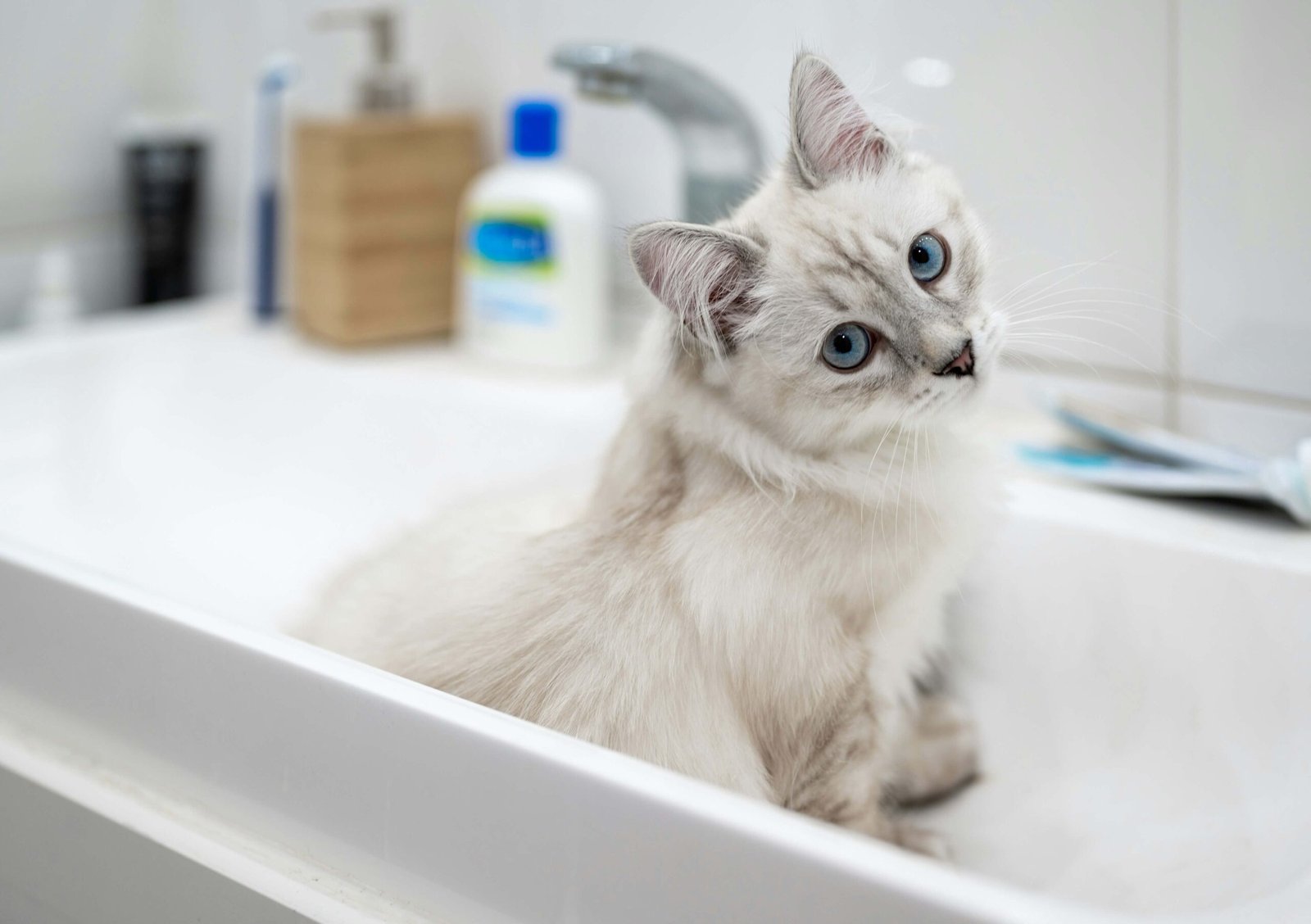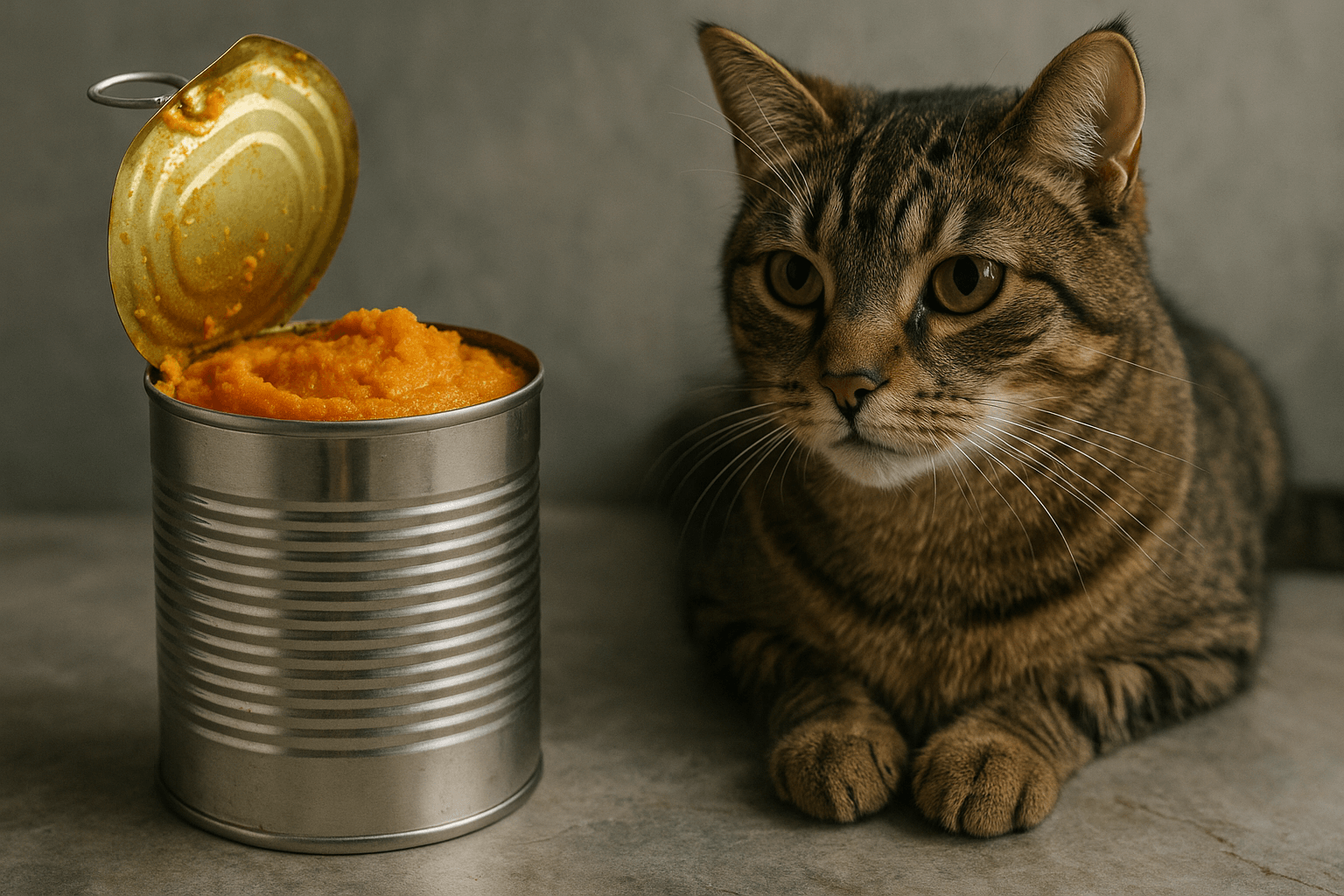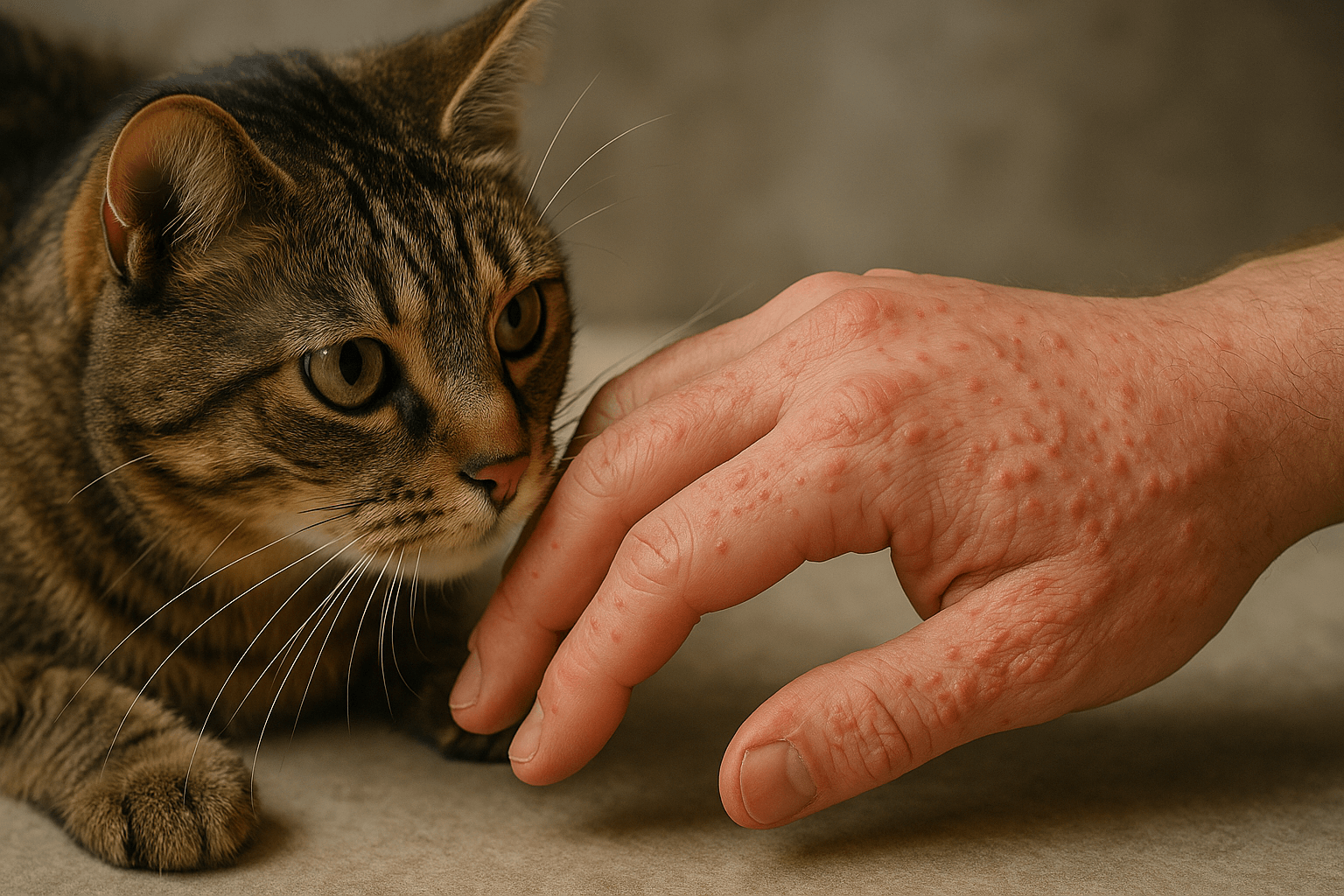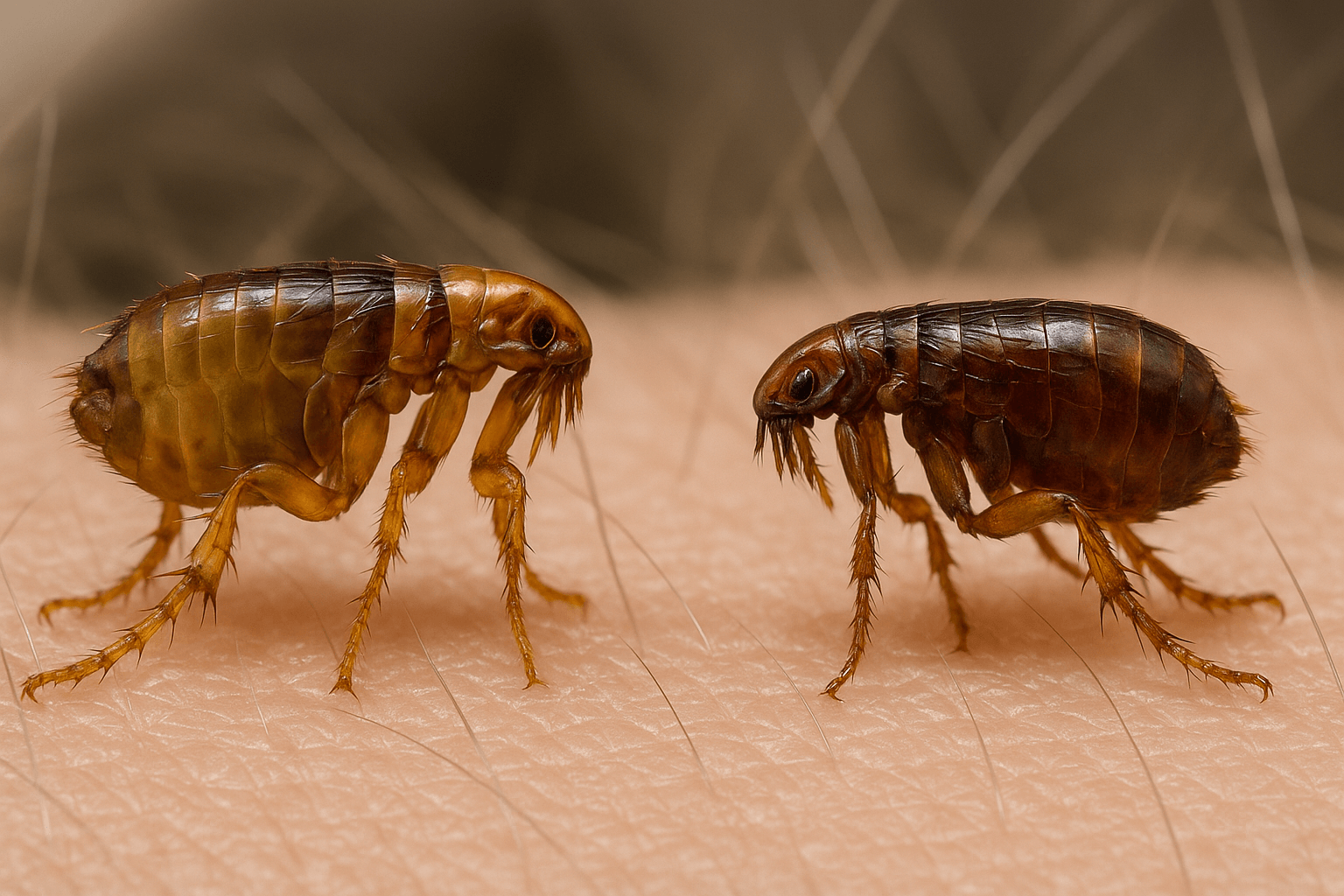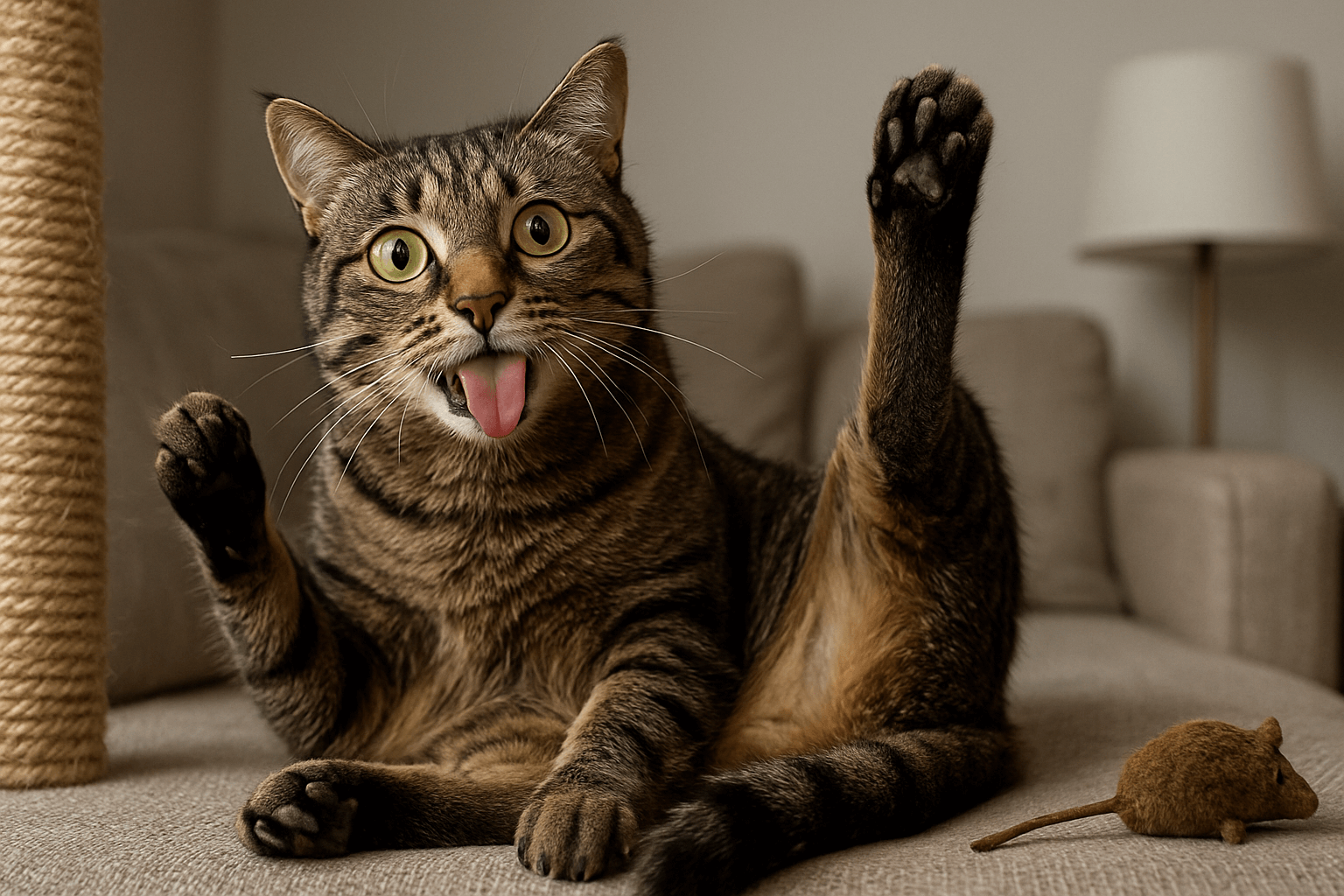How to Put Flea Medicine on a Cat: A Step-by-Step Guide
Fleas are more than just an annoyance—they can cause serious discomfort and health issues for your beloved feline companion. From incessant scratching to potential skin infections, flea infestations are something no cat owner wants to deal with. Fortunately, flea medicine is an effective solution to keep these pesky parasites at bay. However, applying flea medicine correctly is crucial to ensure its effectiveness and your cat’s safety. In this guide, we’ll walk you through everything you need to know about how to put flea medicine on a cat, from preparation to post-application care. Let’s dive in and make flea treatment stress-free for both you and your furry friend!
Choosing the Right Flea Medicine for Your Cat
Before applying flea medicine, it’s essential to select the right product for your cat’s needs. Not all flea treatments are created equal, and choosing the wrong one can lead to ineffective results or adverse reactions. Here’s what to consider:
Consult Your Veterinarian
Always seek professional advice before purchasing flea medicine. Your vet can recommend the best option based on your cat’s age, weight, and health condition.Spot-On Treatments
These liquid solutions are applied directly to your cat’s skin and are one of the most common types of flea medicine.Oral Medications
If your cat dislikes topical treatments, oral medications like chews or pills may be a better alternative.Shampoos and Sprays
Flea shampoos and sprays offer immediate relief but may require more frequent application compared to other methods.Natural vs. Chemical Options
While natural remedies are appealing, they may not be as effective as vet-approved chemical treatments.
By carefully selecting the appropriate flea medicine, you can ensure your cat receives safe and effective protection against fleas.
Preparing Your Cat for Flea Treatment
Proper preparation is key to a smooth and successful flea medicine application. Cats can be finicky creatures, so taking the time to prepare them will make the process easier for both of you. Here’s how to get started:
Choose a Quiet Environment
Find a calm, distraction-free space where your cat feels comfortable and secure.Gather Your Supplies
Have all necessary items—flea medicine, gloves, treats, and a towel—ready before starting the process.Check the Expiration Date
Ensure the flea medicine is within its expiration date to guarantee its effectiveness.Read the Instructions Carefully
Every flea treatment has specific guidelines. Familiarize yourself with the instructions to avoid mistakes.Reward Your Cat
Offer treats or affection afterward to create a positive association with the experience.
With these preparations in place, you’ll set the stage for a stress-free flea treatment session.
Check this guide 👉The Ultimate Guide to Cat Flea Baths: Best 7 Health Tips!
Check this guide 👉Understanding Cat Dandruff and Flea Eggs: Best 7 Tips!
Check this guide 👉Should I Bathe My Cat Before Flea Treatment? Best 7 Tips!
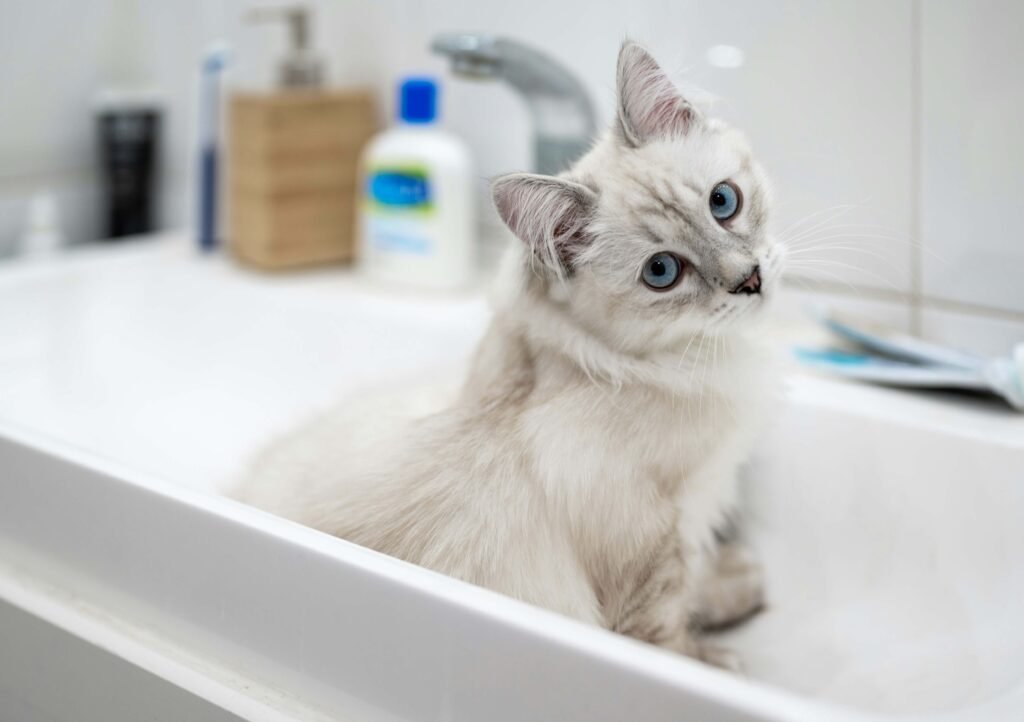
Step | Key Considerations |
|---|---|
Choosing the Right Medicine | Consult your vet; consider age and weight. |
Preparing Your Cat | Use a quiet space and gather supplies. |
Applying the Medicine Correctly | Follow dosage and placement instructions. |
Monitoring for Side Effects | Watch for itching, swelling, or lethargy. |
Post-Treatment Care | Keep your cat indoors and clean bedding. |
Applying Flea Medicine Step by Step
Now that you’ve prepared your cat and gathered your supplies, it’s time to apply the flea medicine. Follow these steps to ensure proper application:
Part the Fur
Gently part your cat’s fur to expose the skin, typically between the shoulder blades.Apply the Solution
Squeeze the prescribed amount of flea medicine directly onto the skin, avoiding contact with the fur.Allow It to Dry
Give the medicine a few minutes to dry before allowing your cat to groom itself.Avoid Bathing Beforehand
Do not bathe your cat 48 hours before or after applying topical flea medicine, as water can interfere with absorption.Repeat as Directed
Follow the recommended schedule for reapplication to maintain continuous protection.
By following these steps, you’ll maximize the effectiveness of the flea medicine while keeping your cat safe and comfortable.
Common Mistakes to Avoid When Applying Flea Medicine
Even well-meaning pet owners can make mistakes when applying flea medicine. Being aware of these pitfalls will help you avoid them:
Using Dog Products on Cats
Never use flea treatments designed for dogs on cats, as they can contain harmful ingredients.Overdosing
Stick to the recommended dosage based on your cat’s weight to prevent toxicity.Incorrect Placement
Applying the medicine too close to the tail or legs increases the risk of your cat licking it off.Skipping Regular Treatments
Consistency is key; missing doses can leave your cat vulnerable to reinfestation.Ignoring Signs of Allergic Reactions
Watch for symptoms like excessive itching, vomiting, or lethargy, and contact your vet if they occur.
Avoiding these common errors ensures that your flea treatment efforts are both safe and effective.
Signs Your Cat May Have Fleas
Even before applying flea medicine, it’s important to recognize the signs of a flea infestation. Cats are masters at hiding discomfort, but these indicators can help you identify the problem early:
Excessive Scratching
If your cat is scratching more than usual, especially around the neck or tail, fleas may be the culprit.Visible Flea Dirt
Tiny black specks in your cat’s fur, often resembling pepper, are flea droppings and a clear sign of infestation.Hair Loss or Bald Patches
Constant scratching and biting can lead to hair loss or bald spots on your cat’s skin.Red or Irritated Skin
Flea bites can cause redness, inflammation, or even open sores due to allergic reactions.Behavioral Changes
A normally calm cat may become restless or agitated due to flea-related discomfort.
Recognizing these signs early allows you to address the issue promptly and prevent further complications for your cat.
Tips for Preventing Future Flea Infestations
Prevention is always better than cure when it comes to flea infestations. By taking proactive measures, you can minimize the risk of fleas returning to your home. Here are some effective strategies:
Regular Grooming
Brush your cat’s fur frequently to detect fleas early and remove any debris that could harbor parasites.Wash Bedding Frequently
Clean your cat’s bedding and blankets in hot water to kill any lingering fleas or eggs.Vacuum Your Home
Vacuum carpets, furniture, and corners regularly to eliminate fleas and their eggs from your living space.Keep Your Yard Clean
Trim overgrown grass and remove debris from your yard to reduce flea-friendly environments.Use Preventative Treatments
Continue using vet-recommended flea preventatives year-round, even during colder months.
By incorporating these habits into your routine, you can significantly reduce the likelihood of future flea problems.
How to Calm Your Cat After Flea Treatment
Flea treatment can be stressful for cats, especially if they’re sensitive to handling or new sensations. Helping your cat relax afterward ensures a smoother recovery process. Here’s how to soothe your feline friend:
Provide a Safe Space
Allow your cat to retreat to a quiet, comfortable area where they feel secure after treatment.Offer Favorite Toys
Distract your cat with their favorite toys to shift their focus away from the treatment.Give Extra Affection
Gentle petting or cuddling can reassure your cat and strengthen your bond.Reward with Treats
Positive reinforcement through treats creates a pleasant association with the experience.Monitor for Stress Signals
Watch for signs of anxiety, such as hiding or excessive grooming, and consult your vet if needed.
By prioritizing your cat’s comfort, you can ease their stress and make flea treatment a more positive experience overall.
Frequently Asked Questions About Flea Medicine for Cats
How often should I apply flea medicine?
Most topical treatments need to be reapplied every 30 days, but always follow the specific instructions on the product label.
Can I use flea shampoo instead of topical treatments?
Flea shampoos provide temporary relief but are not a long-term solution. They work best as a supplement to regular treatments.
What should I do if my cat licks the flea medicine?
Contact your veterinarian immediately, especially if your cat shows signs of illness.
Is flea medicine safe for kittens?
Some products are safe for kittens, but always consult your vet to ensure the treatment is age-appropriate.
Can I bathe my cat after applying flea medicine?
Avoid bathing your cat for at least 48 hours after application to allow the medicine to absorb properly.
Keeping Your Cat Happy and Flea-Free
Administering flea medicine may seem daunting at first, but with the right knowledge and preparation, it becomes a manageable and routine task. By choosing the appropriate product, preparing your cat, and following application guidelines carefully, you can protect your feline friend from the discomfort and dangers of flea infestations. Remember to stay vigilant, monitor for side effects, and maintain consistent treatment schedules. With these expert tips, you’ll ensure your cat remains happy, healthy, and flea-free all year round. After all, a comfortable cat makes for a joyful home!
Canned Pumpkin for Cat Diarrhea: Best 7 Expert Tips! Natural remedy to firm stools, soothe upset bellies, and support gut health safely.
Can a Cat Give You Scabies? Best 7 Expert Tips! Discover the truth about feline mites, human skin risks, and how to protect yourself—without panic.
Cat Flea vs Human Flea: Best 7 Expert Tips! Discover the truth about bites, species, and how to eliminate infestations for good.
Weird Cat Behaviors: Best 7 Expert Tips! Discover why cats do strange things—and how to understand, not punish, their instincts for a happier home.

